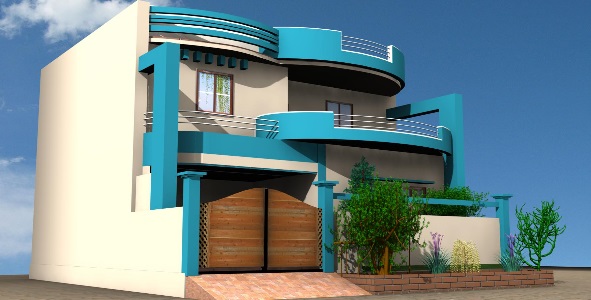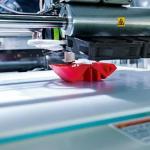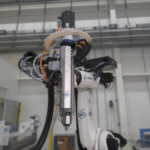The day scientists make it possible for human beings to live on the Moon, or Mars for that matter, they will need to provide shelter too.
With this in mind, the US’ National Aeronautics and Space Administration (Nasa) and the National Additive Manufacturing Innovation Institute, known as America Makes, is offering a $2.25 million (around Rs.14 crore) prize to anyone who can design and build a 3D-printed habitat for deep-space exploration, including the journey to Mars.
Participants will first have to develop architectural concepts that take advantage of the unique capabilities 3D printing offers.
They will, then, focus on the fabrication technologies needed to manufacture structural components from a combination of indigenous materials and recyclables, or just indigenous materials, to eventually fabricate complete habitats.
In a 16 May press statement, Nasa hoped that human beings on earth may also be able to use these 3D-printing capabilities to construct affordable housing in remote locations, especially where there is limited access to conventional building materials.
The 3D-printing technology, which has been around for almost three decades, is finding mainstream support in the last three years.
It is promising to change the way people manufacture goods and do business. Fabbers, or personal manufacturing machines—3D printers come under this category—now not only make jewellery and tooth brushes, but also football boots, racing-car parts, custom-designed cakes, guns, human organs and plane parts.
On 7 May, Stratasys Asia Pacific, a subsidiary of 3D printing and additive manufacturing solutions company Stratasys Ltd, said aircraft manufacturer Airbus had produced more than 1,000 flight parts using its technology for use in the A350 XWB aircraft.
3D printing belongs to a class of techniques known as additive manufacturing, or building objects layer by layer. The most common household 3D-printing process involves a “print head”, which allows for any material to be extruded or squirted through a nozzle. Others use a laser beam or glue to selectively fuse powdered plastic, metal or ceramic in layers. There are several additive processes, including selective laser sintering, direct metal-laser sintering, fused deposition modelling, stereolithography and laminated object manufacturing. All of them differ in the way layers are deposited to create the 3D objects.
3D printers are already being used to build houses. For instance, during an April 2012 TED talk in California, US, Behrokh Khoshnevis—professor of industrial and systems engineering and director of the manufacturing engineering graduate programme at the University of Southern California (USC)—said he could build a 2,500 sq. ft home in 20 hours using “Contour Crafting”. It is a process by which large-scale parts can be fabricated quickly layer by layer. This, according to him, potentially reduces energy use and emissions by using a rapid-prototype or 3D printing process to fabricate large components. The USC has been working on this technology since 2008.
DUS Architects, an architecture office based in Amsterdam-based, the Netherlands, launched a project called “3D Print Canal House” in March 2014 using the KamerMaker—a large moveable 3D printer that was developed specially for this project. The 3D Print Canal House comprises 13 different rooms.
In April 2014, China-based WinSun Decoration Design Engineering Co. said it had built 10 homes almost entirely 3D printed with recycled concrete material.
And there’s a possibility of soon having 3D-printed earthquake-resistant homes too. According to a 10 September article in the Wired magazine, a California-based architecture firm called Emerging Objects used a 3D printer to build a structural column, aptly named Quake Column, designed to withstand earthquakes.
Worldwide shipments of 3D printers will reach 217,350 units in 2015—up from 108,151 in 2014, according to a 27 October report by research company Gartner, Inc. Shipments will more than double every year between 2015 and 2018, by which time worldwide shipments are forecast to reach more than 2.3 million, the report added.
Gartner attributed the “significant worldwide consumer adoption of 3D printers” to the less than $1,000 costing.
In India, basic 3D printers and DIY (do-it-yourself) kits are being sold to hobbyists and small companies for anywhere between Rs.40,000 and Rs.1.5 lakh. Industrial-use 3D printers are, obviously, much more expensive.
Meanwhile, as businesses grapple with 3D printing, the concept of 4D printing is evolving simultaneously. The concept that allows materials to “self-assemble” into 3D structures was initially proposed by Massachusetts Institute of Technology faculty member Skylar Tibbits in April 2013. Six months later, researchers at the University of Colorado Boulder announced that they had incorporated “shape memory” polymer fibres into the composite materials used in traditional 3D printing. The result: An object fixed in one shape can later be changed to take on a new shape.
Cutting Edge is a monthly column that will explore the melding of science and technology.
Photo 5’s caption: 3D-printing technology involves building objects layer by layer.

















